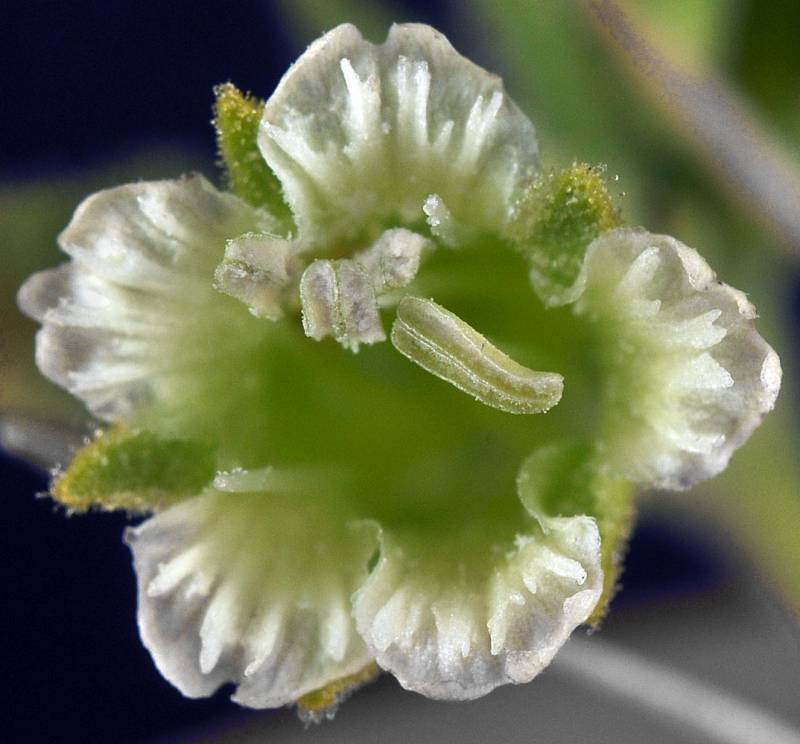Silene stellata
Silene spaldingii
Spalding's catchfly, Spalding's silene
Cauline leaves 5-7 pairs, oblanceolate below and lanceolate above, 6-7 cm. long and 5-15 mm. broad, sessile.
Flowers several to many in a leafy, compact inflorescence;
calyx 5-lobed, tubular, about 15 mm. long, 10-nerved;
petals 5, white, the claw about 15 mm. long and the blade 2 mm. long, ovate, entire; appendages four, 0.5 mm. long;
stamens 10;
styles 3.
Capsule 1-celled.
Silene stellata
Silene spaldingii
Occurring east of the Cascades crest in the eastern and southeastern counties in Washington; eastern Washington to adjacent northeastern Oregon and western Idaho, also in western Montana.
- Local floras:
BC,
OR,
WA
- Local Web sites:
Flora NW,
PNW Herbaria
WildflowerSearch
iNaturalist (observations)
USDA Plants Database
- LBJ Wildflower Center
- SEINet
- Plants of the World Online
- Encyclopedia of Life
- Wikipedia
- Google Image Search


